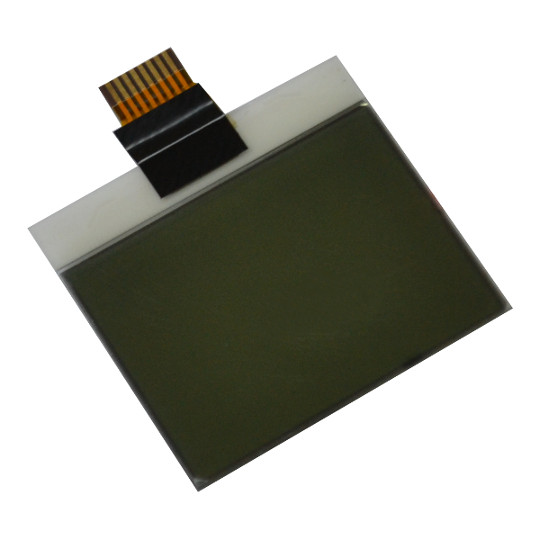Arduino Hacking Nokia 3310 To Send Sms

Posted 2015/01/01. Last updated 2015/01/03.
Getting started While I was back home for the holidays, I decided to try and put to use one of our old Nokia phones. The idea was to fit it into an overall home security/automation project, the first step of which would be to automate sending an SMS.
Though I have ordered a shield with the SIM900 chip, it has not yet arrived, and I wanted to see what I can get done with the tools already at my disposal. While doing my research on the Internet, I came across a detailing how you can use the TRS headphone plug of a Motorola C168i to issue Hayes AT commands, but unfortunately old Nokia phones do not support this. They instead use the protocol, which is considerably more complicated, and there is surprisingly little information on using an Arduino to control Nokia phones, with the exception of using a Nokia 6150, and using a Nokia 3310. Though both are great starting points, the phone that I had available, the, unfortunately uses different FBus 'frames', despite having the same pinout as the Nokia 6150. Moreover, I only discovered the second reference while doing this write-up, but I decided to include it as it has gathered together a lot of the relevant documentation, though, again, for a phone with a different protocol.
In practice, what this meant is that I would have to implement the portion of the FBus protocol that I was interested in, as the reference code did not work. What we need to do is connect GND to GND, and cross RX and TX between the Arduino and the phone (as one should Receive what the other Transmits), but we need to be somewhat careful with the Arduino's TX pin, as it outputs 5V, while the phone operates at 3.6V. Both blog posts mentioned above create the same voltage divider by using two 330Ω resistors to reduce the output to 2.5V, but the reasoning is not particularly clear to me (UPDATE: According to Hans Peter Haastrup on, this is because 2.5V is still considered a logical HIGH from the phone's perspective.). I instead used a 470Ω and a 240Ω resistor to output approximately 3.3V, as shown in the schematic below.
A simple hack on the old-n-famous Nokia 3310 and a few relays to create an Arduino shield which can send SMS and making call to any number saved in the phone. Initial idea is to use it for my TDSS (Trip Detection SMS System) which will send me SMS if power trip is detected at my home. This is a neat solution which the Arduino can take advantage of - now when the power goes out the system can turn on the phone, send the text message and then switch off again. Apart from the 3310, Mehdi's code should work with any F-bus-enabled Nokia. Which is quite a few of them, so ebay, second-hand stores or an abandoned old handset can be brought to life again.
Adobe cs6 crack milkman hats for sale. • Frequency Spectrum to change the frequency at any point. • Loads of sound effects included. • Waveform Editor for editing single track.
Making contact With these connections in place, we are now ready to start communicating with the phone through the FBus protocol. Luckily for us, there is an excellent open-source tool, called that has been built for controlling Nokia phones through your computer. If you want to follow along, please download the latest version of the, and the if you are not on a *nix platform.
As a first step, what we are going to do is essentially use the Arduino as an intermediary since we don't have a USB-to-Serial adapter. For this, we are going to modify the standard (also found in the Arduino IDE under File > Examples > 04. Communication) to use baud rates of 115,200 instead of 9,600. The Gnokii binary also complains if the is missing. This can be placed in multiple standard locations (one of which is%userprofile% gnokii.ini in Windows) or it can be specified with the --config option directly for the gnokii binary. For the Nokia 6310i, we want our config file to contain the following: [global] model = 6310i port = COM3: connection = serial [logging] debug = on Two things are worth pointing out.
First, the port corresponds to the port the Arduino is on (plus the colon for Windows. For *nix, it would probably look like /dev/serial/tty*). And second, it is important to turn debugging on to see how the FBus protocol works, and to help port the code to Arduino.
Now, we can finally issue our first command: gnokii.exe --identify. If all goes according to plan, the command will execute very quickly and you will see the messages exchanged, accompanied by identifying information, such as the phone's IMEI and Revision. However, you may get output that says Command failed or Command timed out. If that's the case, don't panic! The first instance is likely to be preceded by lines saying Couldn't open FBUS device: Result too large.
- среда 05 декабря
- 83